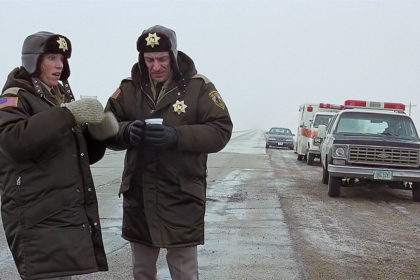Littered with island paradises, the Indian Ocean is often at the top of many people’s holiday bucket lists. Think you know everything you can learn about the Indian Ocean? Take a look below for 30 interesting and amazing facts about the Indian Ocean.
1. Surrounded by Asia, Australia and the Pacific Ocean, the Indian Ocean is the smallest of the three major oceans, stretching between the tips of Africa and Australia and is 28,350,000 square miles in size.
2. However, its not small by any standards – it accounts for approximately 20% of the total water that covers the surface of Earth.
3. It’s average depth is 3,960 metres, with its deepest point, the Java Trench near the Sunda Islands, off the coast of Indonesia at 7,500 metres.
4. The Indian Ocean’s boundaries are Bangladesh, India, Iran and Pakistan to the north, Australia, Indonesia and Malaysia to the east, Antarctica to the south and Africa and the Arabian Peninsula to the west.
5. And it’s home to some of the worlds busiest ports, including Jakarta (Indonesia), Columbo (Sri Lanka), Chennai, Kolkata and Mumbai (India), Melbourne (Australia), Durban (South Africa).
6. The average temperature of the Indian Ocean is a balmy 71 degrees Fahrenheit (22 degrees Celsius) – making it the warmest ocean in the world!
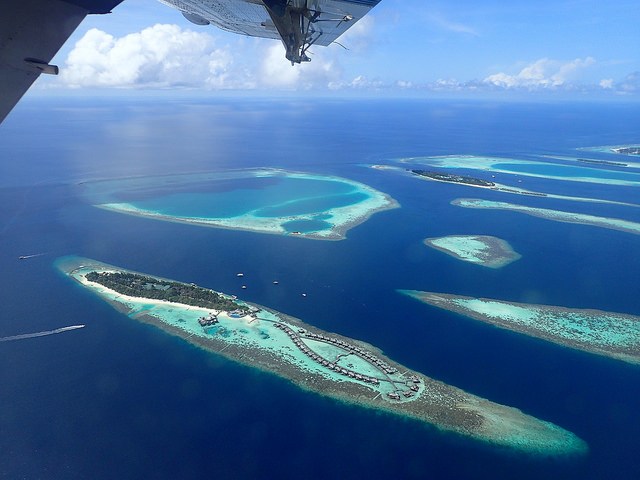
7. The Indian Ocean is a popular destination for scuba diving. With crystal clear warm water, it’s home to a wide range of colourful corals and many species of fish, shark, rays, turtles, dolphins and more to explore – it’s little wonder!
8. The Indian Ocean is home to many ‘paradise’ island nations, including the Maldives, Mauritius, Seychelles, and Sri Lanka. Which ones are on your bucket list?
9. Did you know that the Indian Ocean connects to the Mediterranean Sea through the Suez Canal? Accessible via the Red Sea, the canal was built between 1859 and 1869 and saves a whopping 9,654km circumnavigation of Africa for all ships passing through it!
10. A lot of big rivers drain in to the Indian Ocean – the largest of these include the Zambezi, the Ganges, the Gascoyne and the Murray River.
11. The first person to cross the Indian Ocean was a Greek man by the name of Eudoxus of Cyzicus, around the 2nd century BCE. During this time trade relations grew between the Middle East and India.
12. The Indian Ocean was a significant trade route for the silk trade and was also used by sailors to find a way around Africa.
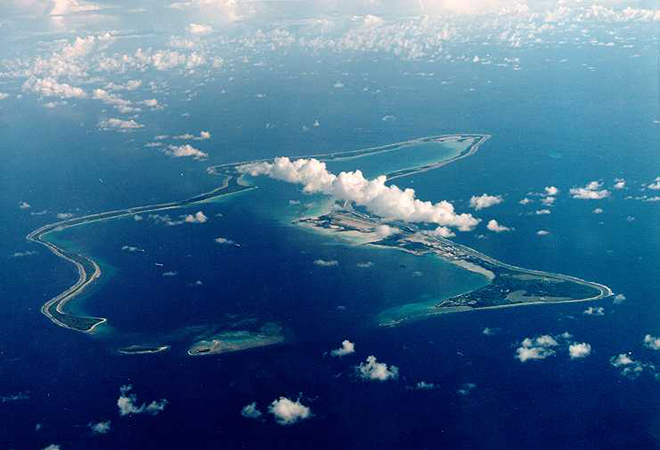
13. The monsoons mainly control the currents in the Indian Ocean.
14. The youngest of the major oceans on Earth is the Indian Ocean.
15. The Java Trench and the Makran Trench are the only two trenches in the entire Indian Ocean.
16. The sea paths within the Indian Ocean are very important for trade, as they provide major sea routes that connect the Middle East, Africa, East Asia, Europe, and the Americas.
17. The Indian Ocean is known as the “Zone of Peace”. So, get ready for peaceful tanning and fun in the sun!
18. In Ancient Sanskrit Literature, the ocean is referred to as “Ratnakar” meaning “the mine of gems”.
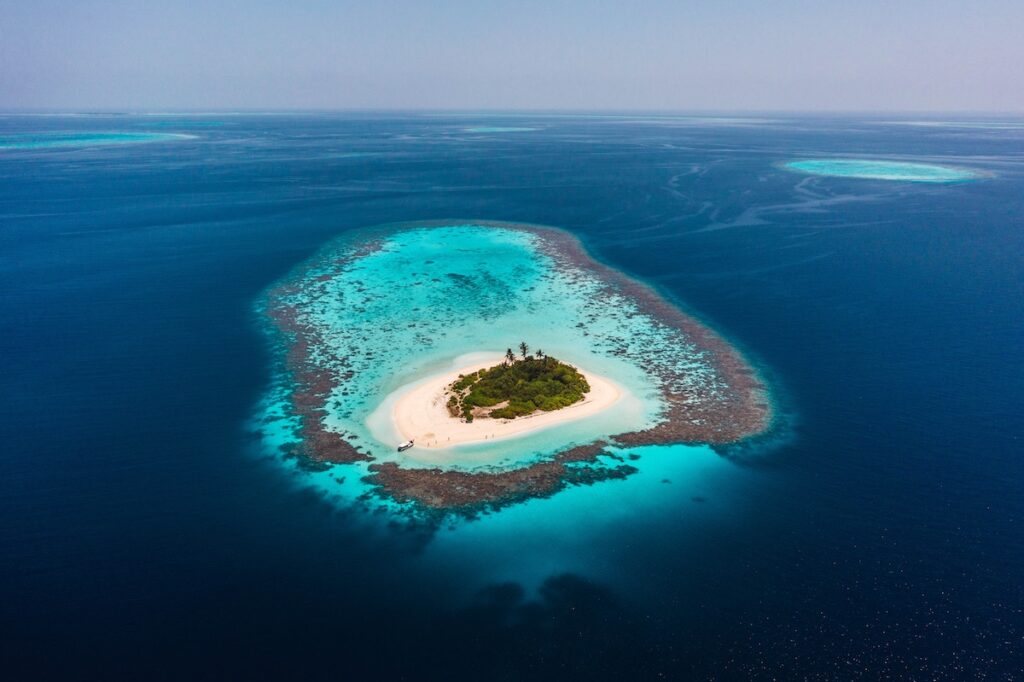
19. The Indian Ocean sands are famous for their mineral-rich sands, hiding some of the world’s rarest minerals, like moissanite, ilmenite, and chromite.
20. The Indian Ocean has beautiful, well-defined beaches, dunes, and estuaries and offers a chance for sight-seeing with its majestic Humpback Whales.
21. Because it is land-locked to its north by Asia, the Indian Ocean is categorized as a closed ocean.
22. Located in the Eastern Hemisphere the ocean passes through the Ninety East Ridge, a structure on the floor of the ocean that runs nearly parallel to the 90th meridian, over 3,000 miles long.
23. Beneath the surface of the Indian Ocean lies the Kerguelen Plateau, a continent of volcanic origin.
24. The Indian Ocean widens by nearly 8 inches each year due to the melting of polar caps.
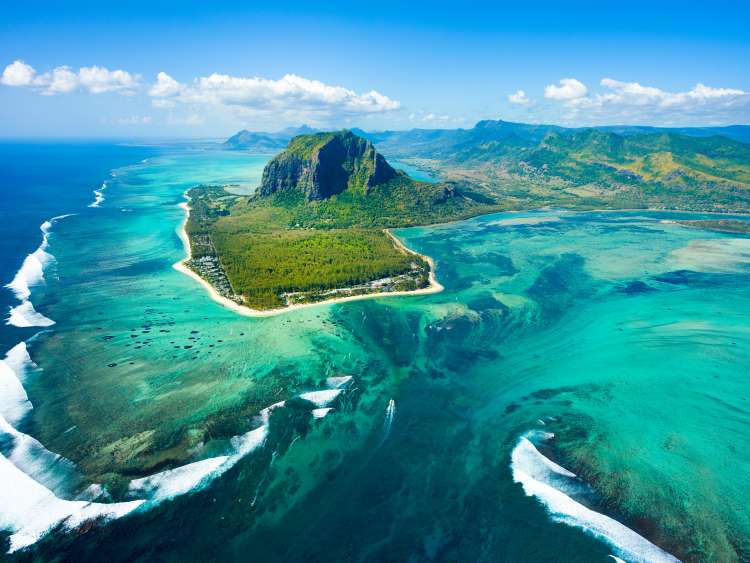
25. Due to the ocean’s warm temperatures, it’s difficult for phytoplankton to grow in most areas, which is an essential food source for many oceans’ life forms.
26. Because of the higher water temperature of this ocean has low oxygen levels and limited marine life.
27. Although it receives nearly 4,000 miles of river runoff, the water in the ocean evaporates at a high rate, again due to its temperature.
28. The Indian Ocean marine life includes whale sharks, dugongs, sea turtles, sharks, humpback whales, white-throated railbirds, rare pink pigeons, and echo parakeet.
29. The endangered turtle species, the leatherback, and loggerhead live in the Indian Ocean.
30. The finding of many underwater thermal vents in the Indian Ocean led to the detection of vent animals like mussels, anemones, and gastropods.



